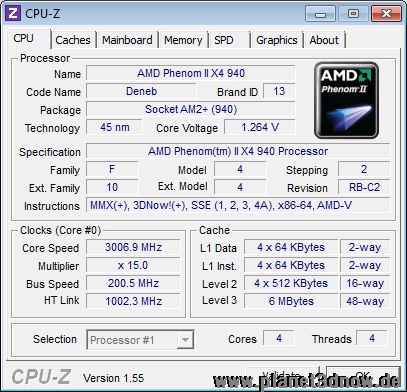
RyanSmithAT: And MI300 has the fortuitous timing to be landing right in the middle of all of this.RyanSmithAT: So if AMD doesn't disclose more details about MI300 in June, the investors will be rioting in the streets.gavbon86: My old mentor is an analyst/influencer, he makes content, but he's "influenced" multiple things.gavbon86: Oh I completely understand what you're saying, the term is widely banded about, when there are in fact,….gavbon86: I think Cameron beats Taylor KT isn't the same fighter she was 5 years ago and has had some really tou….gavbon86: RT Asus Unveils Two Slimmer GeForce RTX 4090 Video Cards: ROG Strix LC and TUF OG.Been a while since I bought myself anything nice in all honesty! gavbon86: Treated me to a pair of Sony WH-1000XM4 Over-Ear Wireless NC Headphones.Right now however, CPU-Z for Android is quite the awesome tool. It's clear to me that CPUID is doing some device fingerprinting to figure out what particular silicon is inside, which is understandable given the constraints of the Android platform and the sandbox model. It isn't perfect (for example, I wish 'Snapdragon 600' devices would show APQ8064T and APQ8064AB when appropriate), but virtually every device I've run it on has popped up with the appropriate SoC and clocks inside. There are other apps that will get you the same data, but none of them organize it or present it as well as CPU-Z does now. There's the SoC name itself, max and min clocks, current clocks for the set of cores, and the other platform details exposed by Android. We now have CPU-Z for Android from CPUID, and it works just like you'd expect it to if you're familiar with it on the desktop. For end users and enthusiasts, there remained the need for something beyond lots of searching, pouring through kernel sources, or kernel messages (dmesg) on devices. Today vendors and operators are considerably less opaque about what's inside their devices (proving yet again that the 'specs are dead' line is just false hyperbole), but unless you know where to look or who to ask it's still sometimes a mystery. I remember wishing for a tool like CPU-Z for Android so many times, and I remember trying to explain to someone else just how dire the need was for something like it. There was a pervasive sense of contentedness everywhere you turned with the current model where what was inside a handset was largely a black box. Manufacturers weren't yet open to disclosing what silicon was inside, and there wasn't any SoC messaging or branding from any of the numerous silicon vendors.

About three years ago, I remember one of the biggest problems I had while sorting out phones was figuring out what SoCs were inside them.


 0 kommentar(er)
0 kommentar(er)
